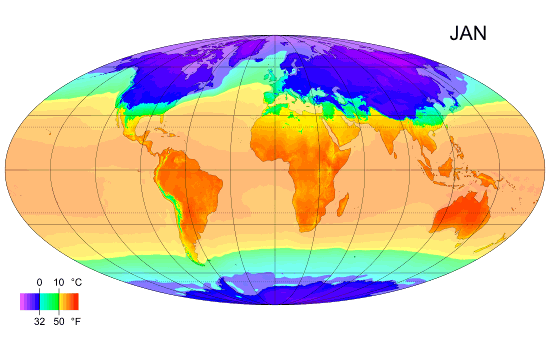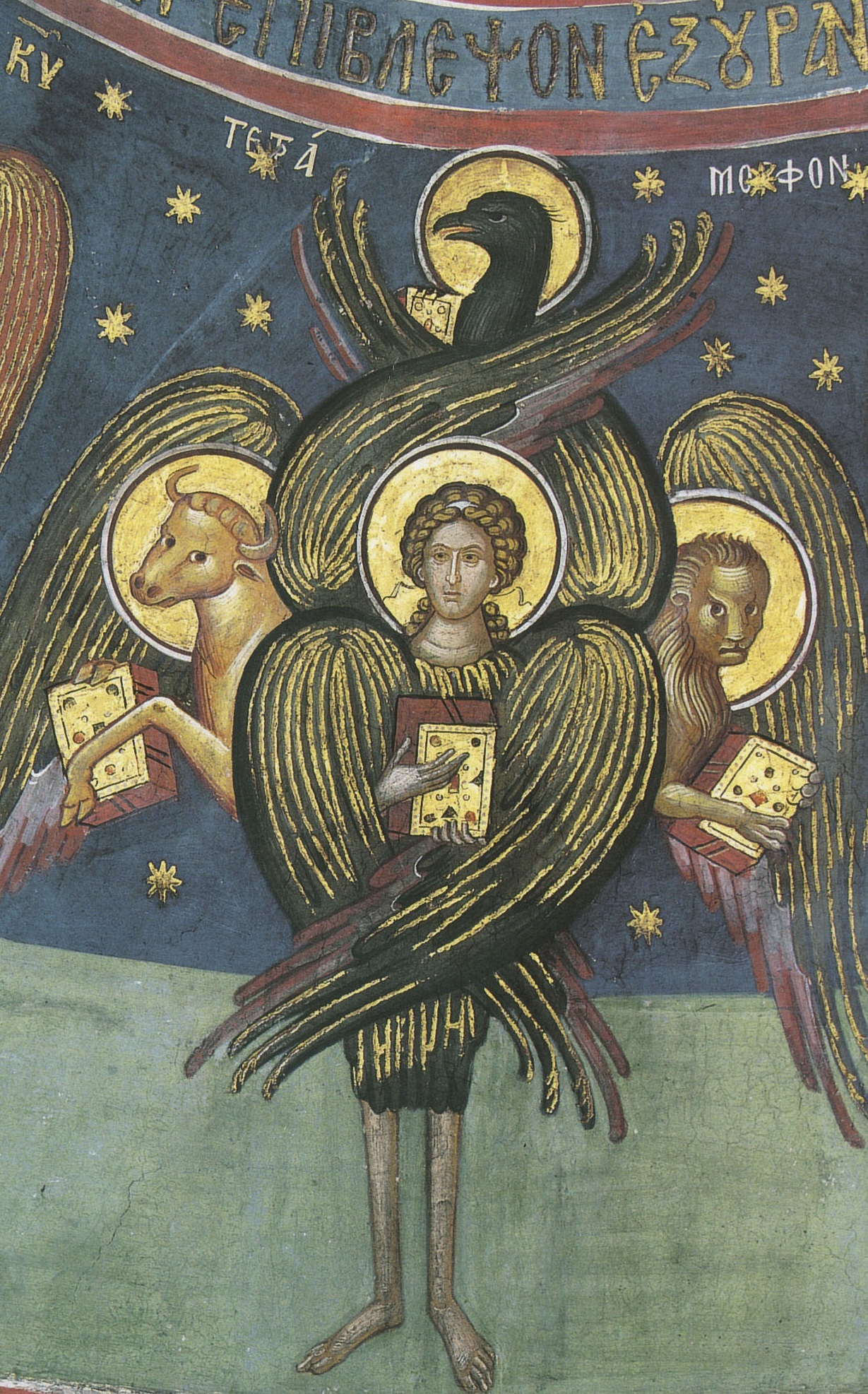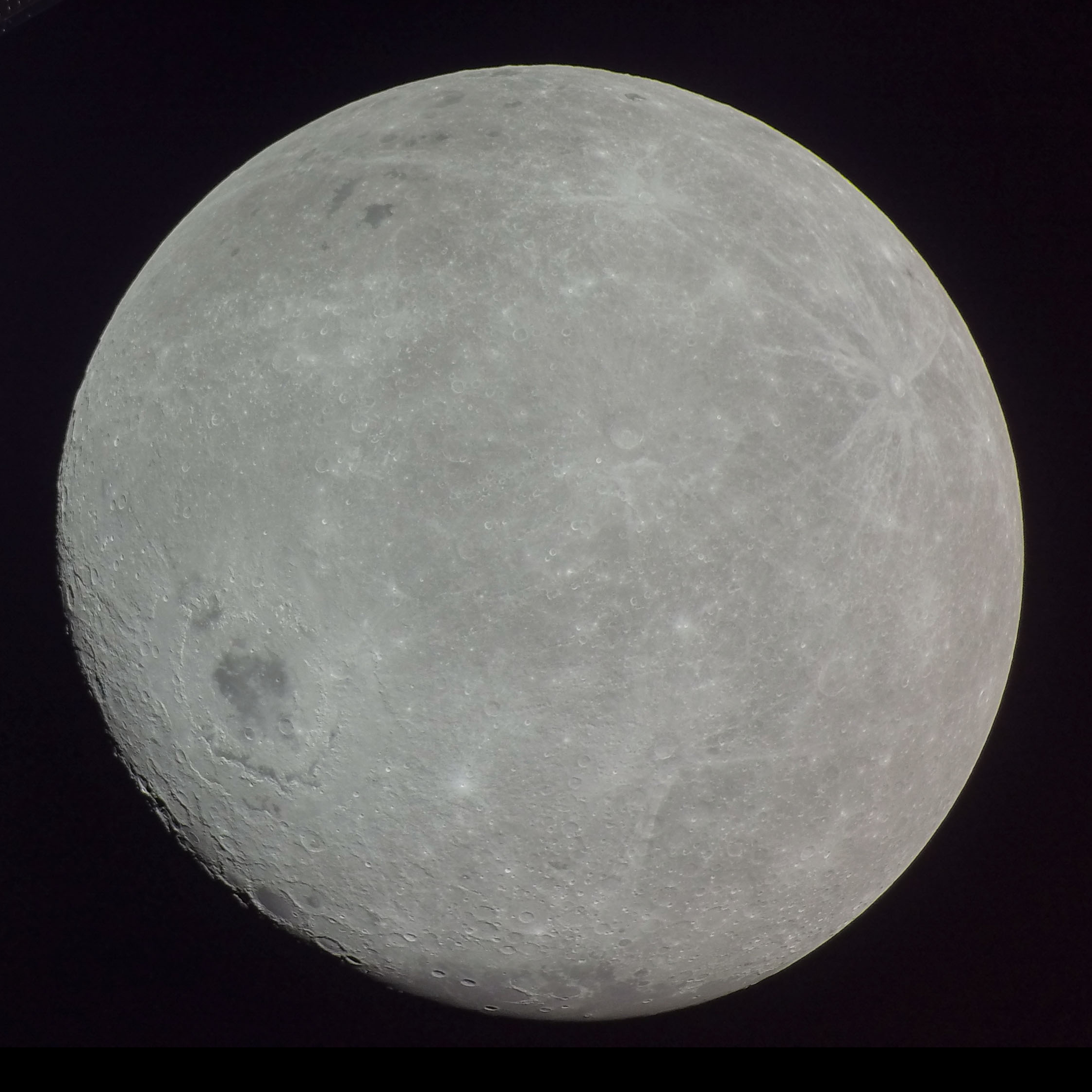|
Dürr-i Meknûn
''Dürr-i Meknûn'' (''The Hidden Pearl(s)'') is a 15th-century Ottoman Turkish cosmography in prose, traditionally attributed to Ahmed Bican. It is a compilation of highly divergent material, arranged in a time running from the "time before time" to the aftermath of the Apocalypse. Metamorphosis constitutes a dominant theme: against a background of cosmic transformation take place many sorts of changes in shape and content. Importance The first half of the 15th century had been crucial in the development of the Turkish language. This makes the ''Dürr-i Meknûn'', with its volume and its varied subject matter, an important source for early Ottoman culture and language. The book was deliberately written by Bican for the common people in the vernacular Turkish and he strongly advocated against the widespread use among the learned elite of Arabic and Persian. Over a hundred surviving manuscript copies (it never appeared in print) testify to its popularity well into the 19th century. ... [...More Info...] [...Related Items...] OR: [Wikipedia] [Google] [Baidu] |
Ottoman Turkish Language
Ottoman Turkish (, ; ) was the standardized register (sociolinguistics), register of the Turkish language in the Ottoman Empire (14th to 20th centuries CE). It borrowed extensively, in all aspects, from Arabic and Persian language, Persian. It was written in the Ottoman Turkish alphabet. Ottoman Turkish was largely unintelligible to the less-educated lower-class and to rural Turks, who continued to use ("raw/vulgar Turkish"; compare Vulgar Latin and Demotic Greek), which used far fewer foreign loanwords and is the basis of the modern standard. The Tanzimat, Tanzimât era (1839–1876) saw the application of the term "Ottoman" when referring to the language ( or ); Modern Turkish uses the same terms when referring to the language of that era ( and ). More generically, the Turkish language was called or "Turkish". History Historically, Ottoman Turkish was transformed in three eras: * (Old Ottoman Turkish): the version of Ottoman Turkish used until the 16th century. It wa ... [...More Info...] [...Related Items...] OR: [Wikipedia] [Google] [Baidu] |
Eschatology
Eschatology (; ) concerns expectations of the end of Contemporary era, present age, human history, or the world itself. The end of the world or end times is predicted by several world religions (both Abrahamic religions, Abrahamic and non-Abrahamic), which teach that negative world events will reach a climax. Briefly: the eschaton is the all-inclusive term evoking this predicted climax of a particular theological or political worldview. The scope of expected consequence is global and not local. Eschatology denotes the theory, discussion, techniques, behaviors and orientation toward the eschaton. Theories of afterlife may also be a dimension of eschatology in certain contexts—in these contexts the afterlife of an individual is a kind of hologram or particular microcosm of the overall eschaton. The Eschaton is, furthermore, related to telos: a Greek word simultaneously denoting purpose, climax and end (ie. death, terminus etc. but also perfection, completion etc.). Eschaton is t ... [...More Info...] [...Related Items...] OR: [Wikipedia] [Google] [Baidu] |
Süleyman
Suleyman or Süleyman is a variant of Suleiman (the Arabic name ). It means 'man of peace'. Notable people with the name include: Suleyman * Suleyman I of Rûm or Suleiman ibn Qutulmish (d. 1086), founder of an independent Seljuq Turkish state in Anatolia *Suleyman (mansa), mansa of Mali (1341–1360) *Sulayman al-Arabi, wali of Barcelona *Suleyman Shah (d. 1227 or 1228), grandfather of Osman I, founder of the Ottoman Empire *Chimene Suleyman, 21st-century UK-born US-based writer *Mustafa Suleyman, a British artificial intelligence (AI) entrepreneur. Currently the CEO of Microsoft AI, co-founder and former head of applied AI at DeepMind Süleyman *Süleyman Aktaş, Turkish serial killer *Süleyman Atlı (born 1994), Turkish freestyle sport wrestler *Süleyman Başak, Turkish economist *Süleyman Demirel (1924–2015), Turkish politician and 9th President of Turkey *Süleyman Fehim, Ottoman teacher and poet *Süleyman Genç (1944–2022), Turkish politician *Süleyman Nazif, Turkis ... [...More Info...] [...Related Items...] OR: [Wikipedia] [Google] [Baidu] |
Mosque
A mosque ( ), also called a masjid ( ), is a place of worship for Muslims. The term usually refers to a covered building, but can be any place where Salah, Islamic prayers are performed; such as an outdoor courtyard. Originally, mosques were simple places of prayer for the early Muslims, and may have been open spaces rather than elaborate buildings. In the first stage of Islamic architecture (650–750 CE), early mosques comprised open and closed covered spaces enclosed by walls, often with minarets, from which the Adhan, Islamic call to prayer was issued on a daily basis. It is typical of mosque buildings to have a special ornamental niche (a ''mihrab'') set into the wall in the direction of the city of Mecca (the ''qibla''), which Muslims must face during prayer, as well as a facility for ritual cleansing (''wudu''). The pulpit (''minbar''), from which public sermons (''khutbah'') are delivered on the event of Friday prayer, was, in earlier times, characteristic of the central ... [...More Info...] [...Related Items...] OR: [Wikipedia] [Google] [Baidu] |
Mountain
A mountain is an elevated portion of the Earth's crust, generally with steep sides that show significant exposed bedrock. Although definitions vary, a mountain may differ from a plateau in having a limited summit area, and is usually higher than a hill, typically rising at least above the surrounding land. A few mountains are inselberg, isolated summits, but most occur in mountain ranges. mountain formation, Mountains are formed through tectonic plate, tectonic forces, erosion, or volcanism, which act on time scales of up to tens of millions of years. Once mountain building ceases, mountains are slowly leveled through the action of weathering, through Slump (geology), slumping and other forms of mass wasting, as well as through erosion by rivers and glaciers. High elevations on mountains produce Alpine climate, colder climates than at sea level at similar latitude. These colder climates strongly affect the Montane ecosystems, ecosystems of mountains: different elevations hav ... [...More Info...] [...Related Items...] OR: [Wikipedia] [Google] [Baidu] |
Climate Zone
Climate zones are systems that categorize the world's climates. A climate classification may correlate closely with a biome classification, as climate is a major influence on life in a region. The most used is the Köppen climate classification scheme first developed in 1884. There are several ways to classify climates into similar regimes. Originally, climes were defined in Ancient Greece to describe the weather depending upon a location's latitude. Modern climate classification methods can be broadly divided into ''genetic'' methods, which focus on the causes of climate, and ''empiric'' methods, which focus on the effects of climate. Examples of genetic classification include methods based on the relative frequency of different air mass types or locations within synoptic weather disturbances. Examples of empiric classifications include climate zones defined by plant hardiness, evapotranspiration, or associations with certain biomes, as in the case of the Köppen climate cl ... [...More Info...] [...Related Items...] OR: [Wikipedia] [Google] [Baidu] |
Geodesy
Geodesy or geodetics is the science of measuring and representing the Figure of the Earth, geometry, Gravity of Earth, gravity, and Earth's rotation, spatial orientation of the Earth in Relative change, temporally varying Three-dimensional space, 3D. It is called planetary geodesy when studying other astronomical body, astronomical bodies, such as planets or Natural satellite, circumplanetary systems. Geodynamics, Geodynamical phenomena, including crust (geology), crustal motion, tides, and polar motion, can be studied by designing global and national Geodetic control network, control networks, applying space geodesy and terrestrial geodetic techniques, and relying on Geodetic datum, datums and coordinate systems. Geodetic job titles include geodesist and geodetic surveyor. History Geodesy began in pre-scientific Classical antiquity, antiquity, so the very word geodesy comes from the Ancient Greek word or ''geodaisia'' (literally, "division of Earth"). Early ideas about t ... [...More Info...] [...Related Items...] OR: [Wikipedia] [Google] [Baidu] |
Earth
Earth is the third planet from the Sun and the only astronomical object known to Planetary habitability, harbor life. This is enabled by Earth being an ocean world, the only one in the Solar System sustaining liquid surface water. Almost all of Earth's water is contained in its global ocean, covering Water distribution on Earth, 70.8% of Earth's crust. The remaining 29.2% of Earth's crust is land, most of which is located in the form of continental landmasses within Earth's land hemisphere. Most of Earth's land is at least somewhat humid and covered by vegetation, while large Ice sheet, sheets of ice at Polar regions of Earth, Earth's polar polar desert, deserts retain more water than Earth's groundwater, lakes, rivers, and Water vapor#In Earth's atmosphere, atmospheric water combined. Earth's crust consists of slowly moving tectonic plates, which interact to produce mountain ranges, volcanoes, and earthquakes. Earth's outer core, Earth has a liquid outer core that generates a ... [...More Info...] [...Related Items...] OR: [Wikipedia] [Google] [Baidu] |
Cherub
A cherub (; : cherubim; ''kərūḇ'', pl. ''kərūḇīm'') is one type of supernatural being in the Abrahamic religions. The numerous depictions of cherubim assign to them many different roles, such as protecting the entrance of the Garden of Eden. Etymology Delitzch's ''Assyrisches Handwörterbuch'' (1896) connected the name ''keruv'' with Assyrian ''kirubu'' (a name of the ''shedu'' or ''lamassu'') and ''karabu'' ("great, mighty"). Karppe (1897) glossed Babylonian ''karâbu'' as "propitious" rather than "mighty".De Vaux, Roland (tr. John McHugh), ''Ancient Israel: Its Life and Institutions'' (New York, McGraw-Hill, 1961). Dhorme (1926) connected the Hebrew name to Assyrian ''kāribu'' (diminutive ''kurību''), a term used to refer to intercessory beings (and statues of such beings) that plead with the gods on behalf of humanity. The folk etymology connecting ''cherub'' to a Hebrew word for "youthful" is due to Abbahu (3rd century). Abrahamic religious traditions ... [...More Info...] [...Related Items...] OR: [Wikipedia] [Google] [Baidu] |
Star
A star is a luminous spheroid of plasma (physics), plasma held together by Self-gravitation, self-gravity. The List of nearest stars and brown dwarfs, nearest star to Earth is the Sun. Many other stars are visible to the naked eye at night sky, night; their immense distances from Earth make them appear as fixed stars, fixed points of light. The most prominent stars have been categorised into constellations and asterism (astronomy), asterisms, and many of the brightest stars have proper names. Astronomers have assembled star catalogues that identify the known stars and provide standardized stellar designations. The observable universe contains an estimated to stars. Only about 4,000 of these stars are visible to the naked eye—all within the Milky Way galaxy. A star's life star formation, begins with the gravitational collapse of a gaseous nebula of material largely comprising hydrogen, helium, and traces of heavier elements. Its stellar mass, total mass mainly determines it ... [...More Info...] [...Related Items...] OR: [Wikipedia] [Google] [Baidu] |
Moon
The Moon is Earth's only natural satellite. It Orbit of the Moon, orbits around Earth at Lunar distance, an average distance of (; about 30 times Earth diameter, Earth's diameter). The Moon rotation, rotates, with a rotation period (lunar day) that is synchronized to its orbital period (Lunar month#Synodic month, lunar month) of 29.5 Earth days. This is the product of Earth's gravitation having tidal forces, tidally pulled on the Moon until one part of it stopped rotating away from the near side of the Moon, near side, making always the same lunar surface face Earth. Conversley, the gravitational pull of the Moon, on Earth, is the main driver of Earth's tides. In geophysical definition of planet, geophysical terms, the Moon is a planetary-mass object or satellite planet. Its mass is 1.2% that of the Earth, and its diameter is , roughly one-quarter of Earth's (about as wide as the contiguous United States). Within the Solar System, it is the List of Solar System objects by ... [...More Info...] [...Related Items...] OR: [Wikipedia] [Google] [Baidu] |
Hell
In religion and folklore, hell is a location or state in the afterlife in which souls are subjected to punishment after death. Religions with a linear divine history sometimes depict hells as eternal destinations, such as Christianity and Islam, whereas religions with reincarnation usually depict a hell as an intermediary period between incarnations, as is the case in the Indian religions. Religions typically locate hell in another dimension or under Earth's surface. Other afterlife destinations include heaven, paradise, purgatory, limbo, and the underworld. Other religions, which do not conceive of the afterlife as a place of punishment or reward, merely describe an abode of the dead, the grave, a neutral place that is located under the surface of Earth (for example, see Kur, Hades, and Sheol). Such places are sometimes equated with the English word ''hell'', though a more correct translation would be "underworld" or "world of the dead". The ancient Mesopotamian, Greek, ... [...More Info...] [...Related Items...] OR: [Wikipedia] [Google] [Baidu] |










